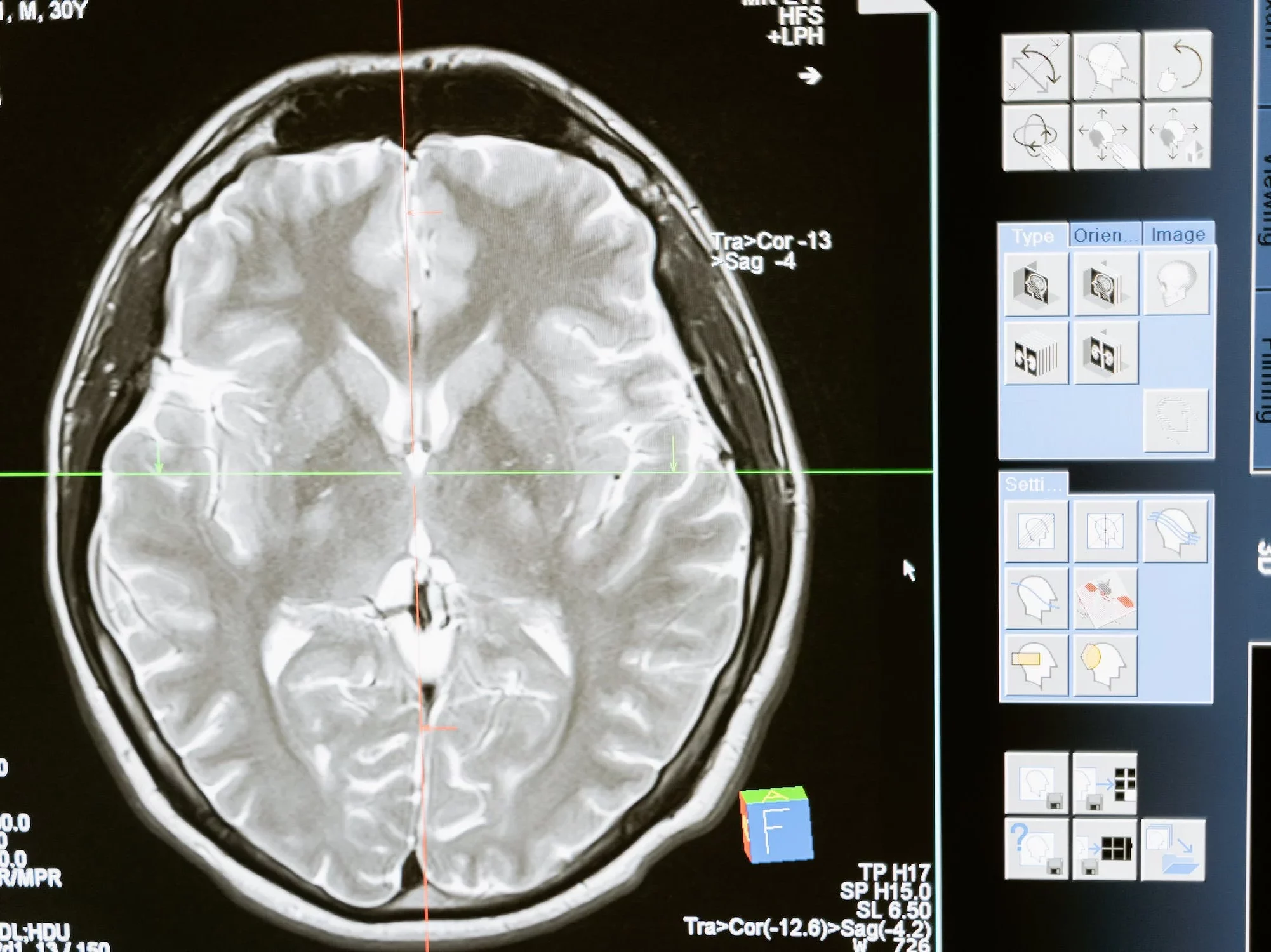5/29/2023
This week, Elon Musk’s Neuralink announced on Twitter that they had received FDA approval for first-in-human trials for their device, enabling patients to mentally control a device such as a computer or a phone via a surgically-implanted brain-computer interface (BCI). This would give disabled patients autonomy by providing a novel method of communication with a more lofty long-term goal of restoring mobility to paralyzed patients. Coincidentally, researchers in Switzerland this week published a study where an implanted brain-spine interface restored a patient’s mental ability to control his walking after a severe spinal cord injury. While their methods cannot restore function for all types of injury, their success indicates massive progress. For Neuralink, this approval for a first-in-human trial comes despite past reports of mishandled preclinical trials. In 2022, employees reported pressure to obtain preclinical data, leading to errors in study execution. Thus, the results of these studies were invalidated, so 60 pigs were needlessly tested and subsequently killed. These reports resulted in a federal probe by the US Department of Agriculture. In 2023, another federal investigation was opened by the US Department of Transportation after reports of unsafe transportation of devices explanted from monkeys, posing risks of hazardous pathogen contamination. While these ongoing probes are inconclusive, they signal a more outstanding issue of poor experimental planning, trial execution, and quality control that may translate to clinical trials.
Aside from Neuralink-specific concerns, BCI technology comes with ethical considerations. Many modern BCIs, including Neuralink, require invasive cranial surgeries and specialized surgical technologies. BCIs also risk infection and implant rejection, as with all types of medical implants. This greatly increases patient risk and decreases the accessibility of treatment. To further exacerbate this issue, BCIs typically require software updates or repairs over time, which entail more surgical procedures. While this establishes a long-term user base, more surgeries are needed after the initial implant to maintain function. This model also creates the possibility of obsolescence. If the BCI company discontinues support for the implant, patients are left with an obsolete implant that is potentially dangerous if not removed. Unfortunately, this scenario occurred for patients using Argus II, a retinal implant developed by Second Sight that partially restored vision. Patients that were told they would receive updates to their implants were kept in the dark about the company’s trajectory which resulted in discontinued Argus support. For cases like these, transparency is paramount to ensure the safety of patients as sudden deactivation of the BCI could result in an unexpected loss of function, as was the case with Second Sight. With the current state of BCI technology, access should be limited to those that could receive immense improvements in their quality of life. BCIs could grant autonomy to patients experiencing paralysis, blindness, and seizures. However, these patients must be fully informed and continuously updated about the risks of BCI implants.
Overall, we are still far from implementing BCIs for non-medical use. BCI technology for the enhancement of already non-disabled individuals should be out of the question given its immense health risks. Neuralink entered the public eye due to Musk’s social prevalence and controversy over previous preclinical practices. Ultimately, Neuralink still has considerable hurdles to overcome: there is no guarantee that success in animal trials will translate to success in first-in-human trials. The risk/benefit of this technology is still extremely unbalanced; even if the technology works in clinical trials, the potential side effects due to the surgery and device use could prevent FDA approval. Nevertheless, competitors are not far behind Neuralink’s progress, and BCIs could be approved and implemented within the next decade depending on the approval process.

